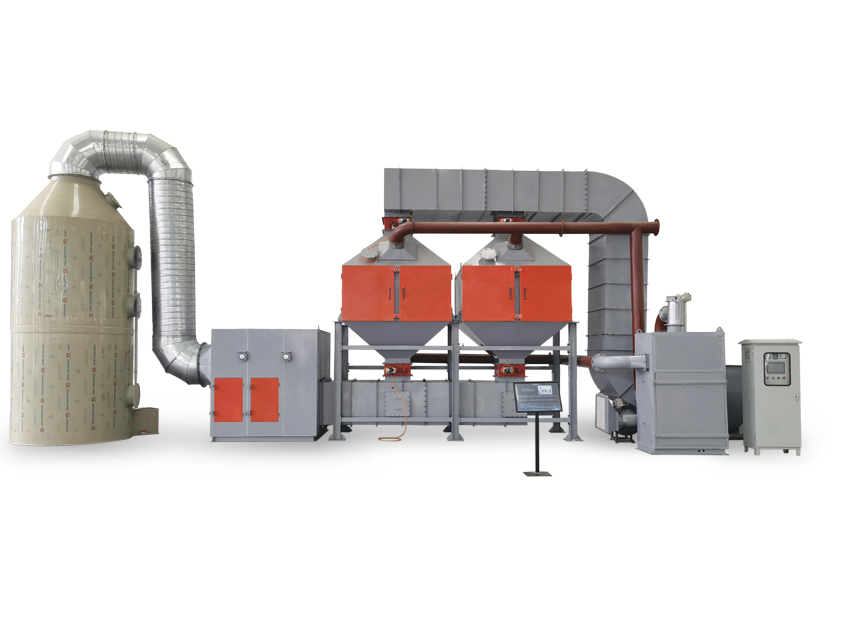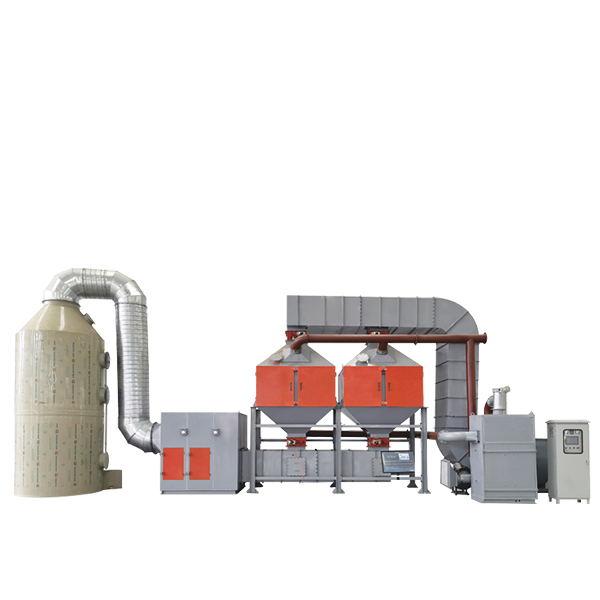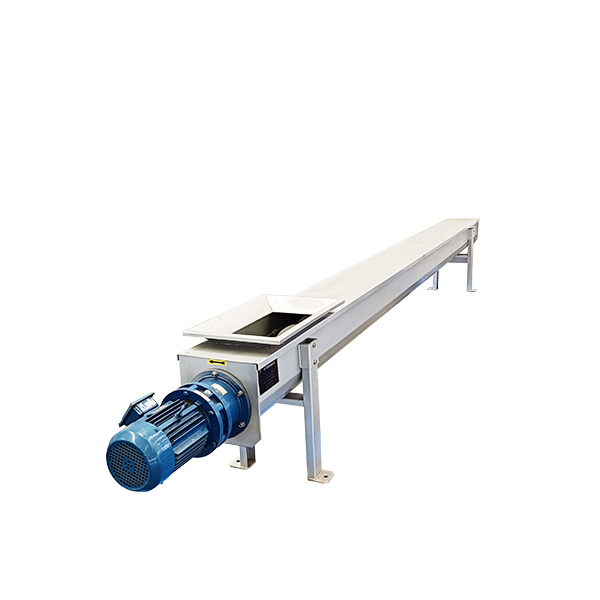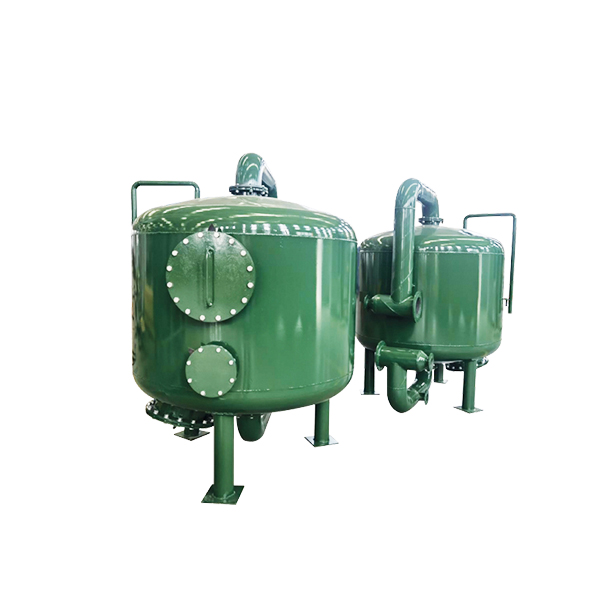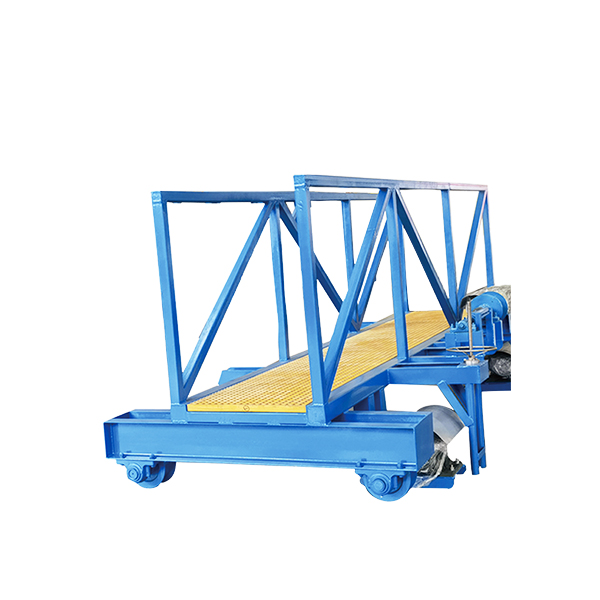Catalytic Combustion Device
It is suitable for organic waste gas that is not suitable for direct combustion treatment, especially in the conditions of large air volume and low concentration, the removal efficiency can reach more than 95%.
Description
Working Principle
YPCH type catalytic combustion device is a new type of waste gas treatment equipment with high efficiency, energy saving and no secondary pollution, which has been successfully developed based on years of waste gas treatment experience. After many engineering examples, the treatment technology of the modified device has reached the leading level of similar products in China. The device is mainly suitable for organic waste gas that is not suitable for direct combustion, especially in the treatment conditions of large air volume and low concentration, ideal treatment effect can be obtained.
The working process of the device can be divided into two stages, namely the activated carbon adsorption stage and the activated carbon desorption regeneration stage. The working principles of the two stages are as follows:
1. Activated carbon adsorption process:
The exhaust gas is collected by the gas collecting hood, and after pretreatment, it enters the activated carbon adsorption device. When the organic exhaust gas passes through the activated carbon layer, the organic components in the exhaust gas are attracted to the surface of the activated carbon and are concentrated and maintained on the surface of the activated carbon. The other components (clean gas) are evacuated by the fan.
2. Activated carbon desorption process:
After using activated carbon for a period of time, after adsorbing a certain amount of solvent, the adsorption capacity will be reduced or lost. At this time, the activated carbon needs to be desorbed and regenerated. After regeneration, the activated carbon can resume the adsorption function and continue to use. During regeneration, start the power supply of the preheating chamber of the catalytic combustion device, preheat the air, and send the preheated gas to the adsorption box. After the activated carbon in the box is heated, the solvent adsorbed by the activated carbon volatilizes, and the solvent is sent to the catalytic combustion chamber through the fan for combustion. It decomposes to generate inorganic substances such as CO and HO. Part of the hot air returns to the activated carbon adsorption box to continue heating the activated carbon, and only a part is emptied. The activated carbon can be regenerated by circulating the hot air for many times.

Scope of Application
The purification and treatment of solvent pollutants, the amount of the pollutants are large, It’s mainly triphenyl (benzene, toluene and xylene), ketones, alcohols and some other oxygen-containing derivatives. The adsorption-catalytic combustion method is used to treat triphenyl waste gas. The concentration of waste gas before treatment is 1320mg/m3, and the concentration after treatment is less than 50mg/m3, which meets the requirements of environmental protection discharge;
The waste gas emitted from the oil separator of the petrochemical sewage treatment site mainly containing hydrocarbon pollutants is treated. The honeycomb Pt, Pd, Ce multi-component TC79-2-2H catalyst is used to treat the imported total hydrocarbon volume fraction of 1000-6000 μl/L The exhaust gas is catalytically combusted, the total hydrocarbon volume fraction of the purified exhaust gas is less than 100 μl/L, and the total hydrocarbon removal rate reaches more than 97%.

Advantages
Easy to operate: when the equipment is working, it can realize automatic control;
Low energy consumption: When the equipment is started, it only takes 15-30 minutes to heat up to the light-off temperature, and the energy consumption is only the fan power, and it is automatically compensated when the concentration is low;
Safe and reliable: the equipment is equipped with fire-proof dust removal system, explosion-proof pressure relief system, over-temperature alarm system and advanced automatic control system;
Low resistance and high purification rate: adopt the advanced precious metal palladium and platinum impregnated honeycomb ceramic carrier catalyst with large specific surface area;
The waste heat can be reused: the waste heat can be returned to the drying tunnel to reduce the power consumption in the original drying tunnel, and can also be used as a heat source in other aspects;
Small footprint: only 70%~80% of similar products in the same industry, and there are no special requirements for equipment foundation;
Long service life: The catalyst is generally replaced every 8000 hours, and the carrier can be regenerated.
